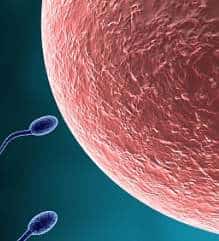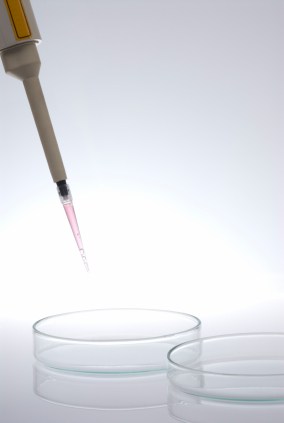While most women rarely spend much time thinking about ovulation, when you’re trying to conceive it becomes a major factor to consider. When it comes to ovulation and getting pregnant, timing is everything. Each month, you have a small window of opportunity in which you can get pregnant. Miss that window by even a day, and you have to wait until the following month to try again. Understanding the ovulation process and the importance of timing can help you plan the right time to try to get pregnant.
Basics of Ovulation
Ovulation begins on the first day of the menstrual cycle, or the day after the end of your period. The egg (or ovum) spends approximately the first half of the cycle maturing and preparing to be released into the fallopian tubes. Once released, it must be fertilized within about 24 hours, or it disintegrates and pregnancy is not possible that month. Of course, the entire process is actually much more complicated that this and involves several different hormones, but this is the very basic process of ovulation.

Timing Is Not Uniform For Every Woman
It is a misconception that every woman ovulates around 12-14 days into her menstrual cycle. While this is typically the average timing, every woman is different. Some may ovulate much early, around day 9 or 10, while others may not ovulate until much later in the cycle. Remember, if you miss your window by even a few hours, you’re out of luck for that month. So ditch the assumption that you are ovulating on a specific day and find out with a little more certainty which days are your fertile days.
Determining Fertile Days
Entire books have been written on determining when you’re ovulating. There are long, complicated processes that you can use, such as charting your temperature, checking your cervical mucus, or learning all the signs that your body gives off when you are about to ovulate. While those are wonderful tools, if you’re short on time or patience, just use an ovulation predictor kit. They work like a pregnancy test, but rather than telling you that you’re pregnant, they tell you that you’re ovulating. Here’s a little secret- the dollar store version works just as well as the expensive drugstore versions. So stock up and start using them around day nine of each month until a pattern emerges.
Timing It Right Without All the Tools
If you would rather go the low-tech route and try to get pregnant with all the fancy bells and whistles, having sex approximately every other day may be sufficient, as long as your partner has a healthy sperm count with good mobility. In healthy conditions, sperm can live for about 3-5 days inside your body, so having sex every other day or every third day may increase your chances of hitting that key window of opportunity.
About the author
Nicole Etolen is a freelance writer with over 15 years of experience, with her work appearing in both print and online publications.

